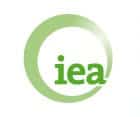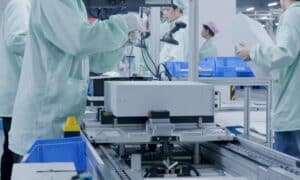A new report from the International Energy Agency (IEA) shows how renewable energy technologies combined with zero-carbon efficiency measures can produce dramatic savings in the global building sector by 2050.
The IEA Technology Roadmap “Energy Efficient Buildings: Heating and Cooling Equipment,” states that the building sector is a major source of carbon pollution and that private, commercial and public buildings currently account for around one-third of total final energy consumption.
The report recommends refitting existing buildings and homes with energy-efficient technologies such as solar thermal systems, heat pumps, thermal energy storage, and combined heat and power. The sector has the potential to save two billion tons of CO2 by 2050 – around a quarter of today’s emissions from buildings – and save 710 million tons oil equivalent (Mtoe) of energy by 2050.
These savings could be achieved in a relatively short period of time, as heat and cooling equipment is usually replaced within 7-10 years, while the building may itself may stand for up to 100 years.
In terms of future development of low-emission and renewable energy-integrated building design, the challenge falls upon governments to create economic policies which provide incentives for the sector to adopt clean technologies, such as pricing the cost of carbon emissions and increasing expenditure on zero-carbon R&D technology.
“Governments need to create the economic conditions that will enable heating and cooling technologies to meet environmental criteria at least cost,” says IEA’s Director of Sustainable Energy Policy and Technology, Bo Diczfalusy. “The challenge is significant given the very fragmented nature of the buildings sector and the difficulty of ensuring that effective policy reaches all decision makers.
As part of the transformation outlined in the roadmap, solar thermal capacity would increase by more than 25 times today’s level to reach 3,743 gigawatt hours (GWth) by 2050.
Installed heat pumps in the residential sector would grow from around 800 million today to nearly 3.5 billion by 2050, while capacity of distributed combined heat and power in buildings would be 45 times greater than today’s level, reaching 747 GWe in 2050. By 2050, half of all space heating and hot water systems would be equipped with thermal energy storage.
View the full report: IEA Technology Roadmap Energy-efficient Buildings: Heating and Cooling Equipment (PDF)












































